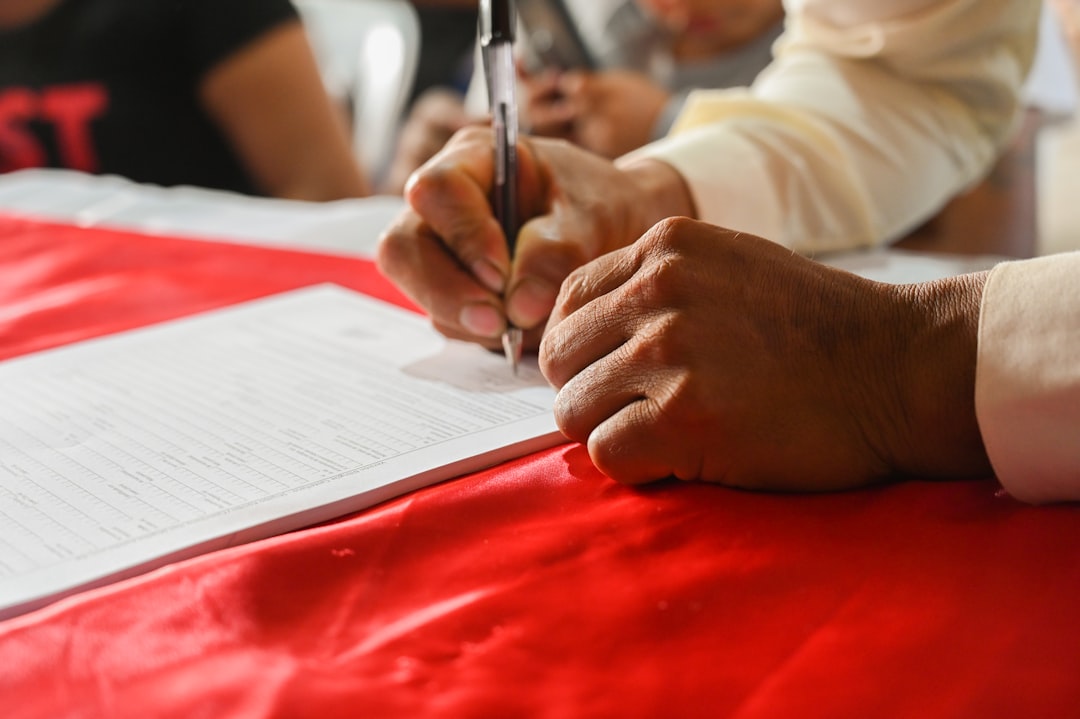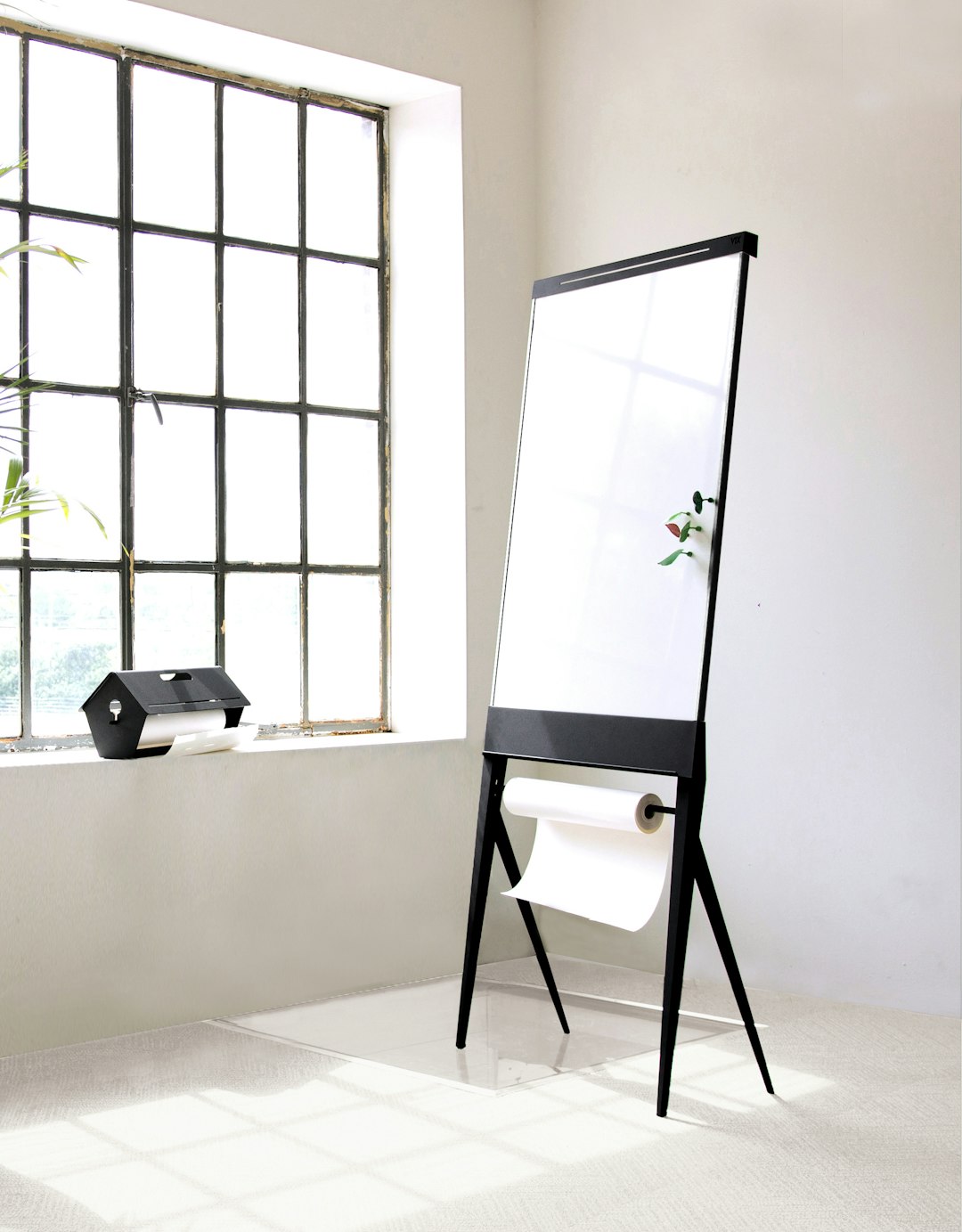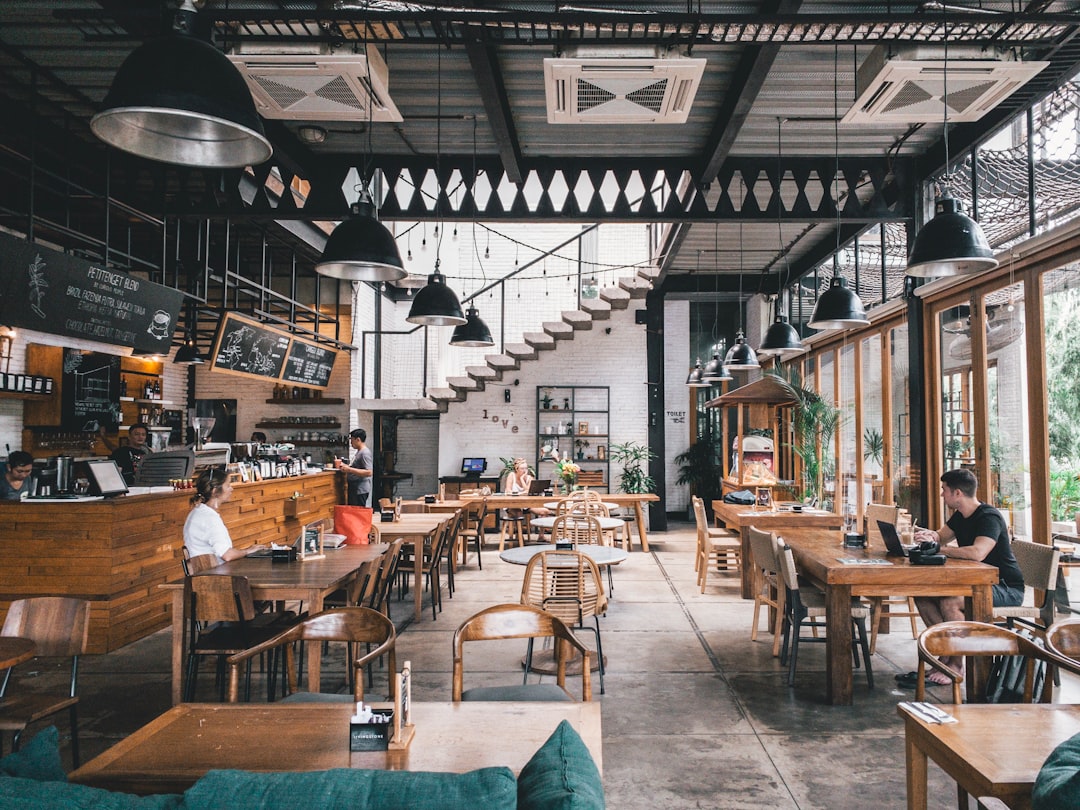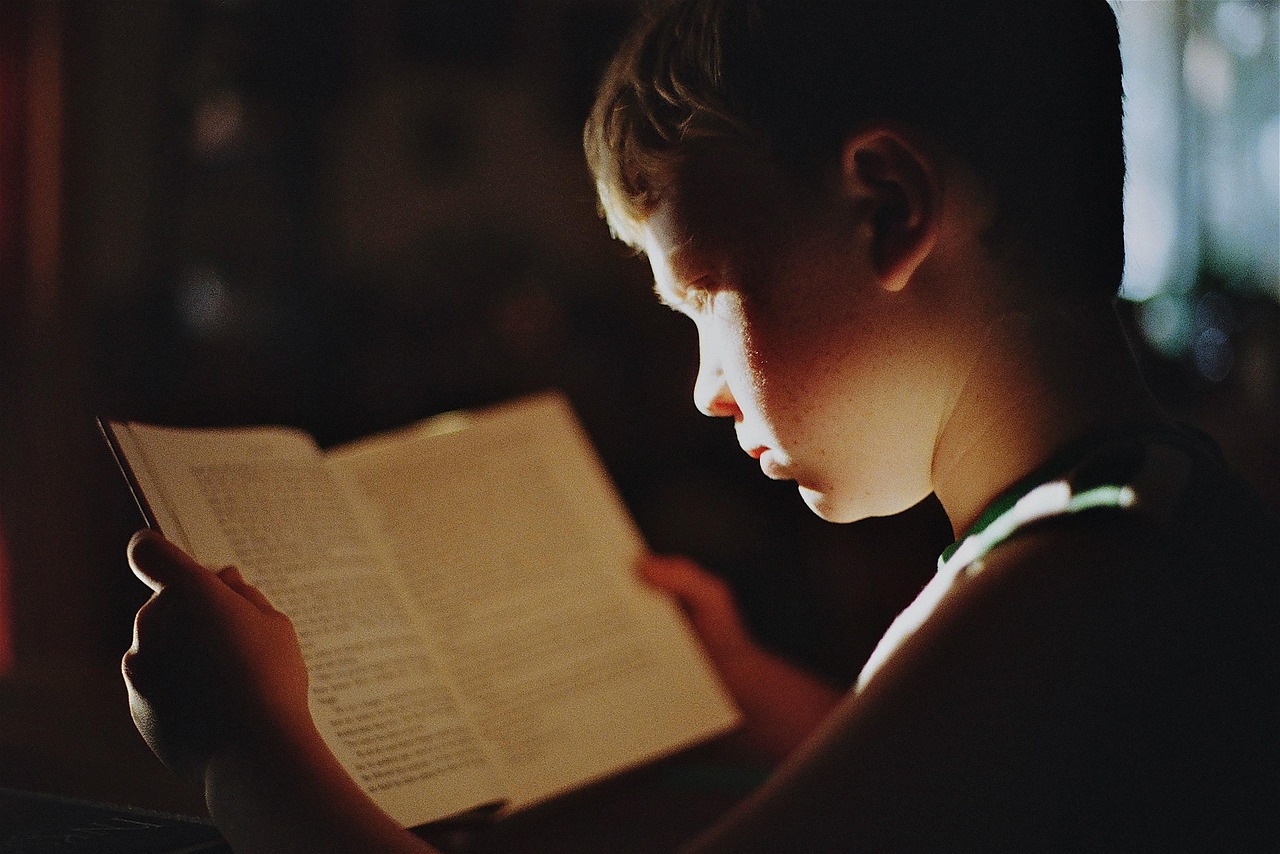When we experience something new, taking the time to reflect on it can help us learn from the experience. Reflection helps us understand and remember what we have learned, making it easier to apply it in the future. Kolb’s reflection model is a useful tool for reflecting on our experiences.
Kolb’s reflection model involves four stages: concrete experience, reflective observation, abstract conceptualization, and active experimentation. First, we have a concrete experience, which is something that we have experienced in the real world. After the experience, we reflect on it by considering what happened and what we learned. Then, we form some new ideas or concepts about the experience. Finally, we try out these new ideas in the world and see how they work.
By using Kolb’s reflection model, we can improve our learning from experiences. Reflective learning can help us identify our strengths and weaknesses, and it can help us improve our decision-making skills. Additionally, it can help us become more self-aware, which is an important skill for personal growth.
Kolbs reflection model can help us learn better by making us more self-aware. This tool involves four stages: first, we experience something real; then, we think about it and try to form new ideas; finally, we try out these new ideas to see how they work. By doing this, we can improve our decision-making skills and identify our strengths and weaknesses.
Kolb’s reflection model is a powerful tool that can help us learn from our experiences. Taking the time to reflect on what happens to us is an important part of the learning process. When we do this, we can understand ourselves better, become better decision-makers and ultimately, improve our lives.









